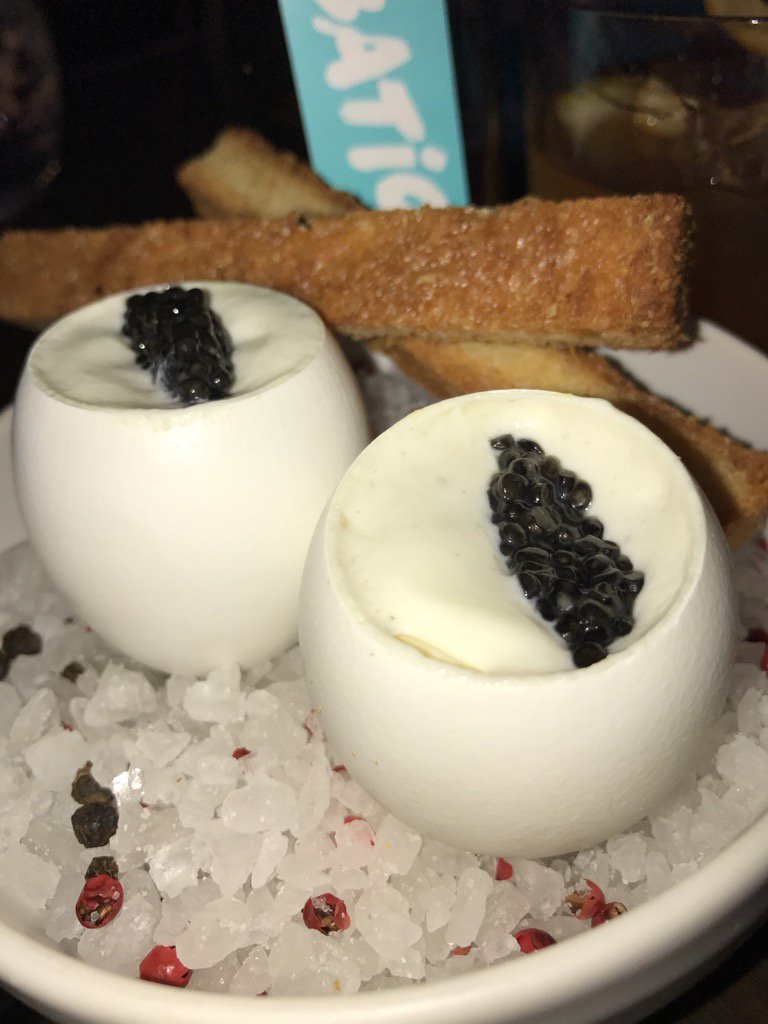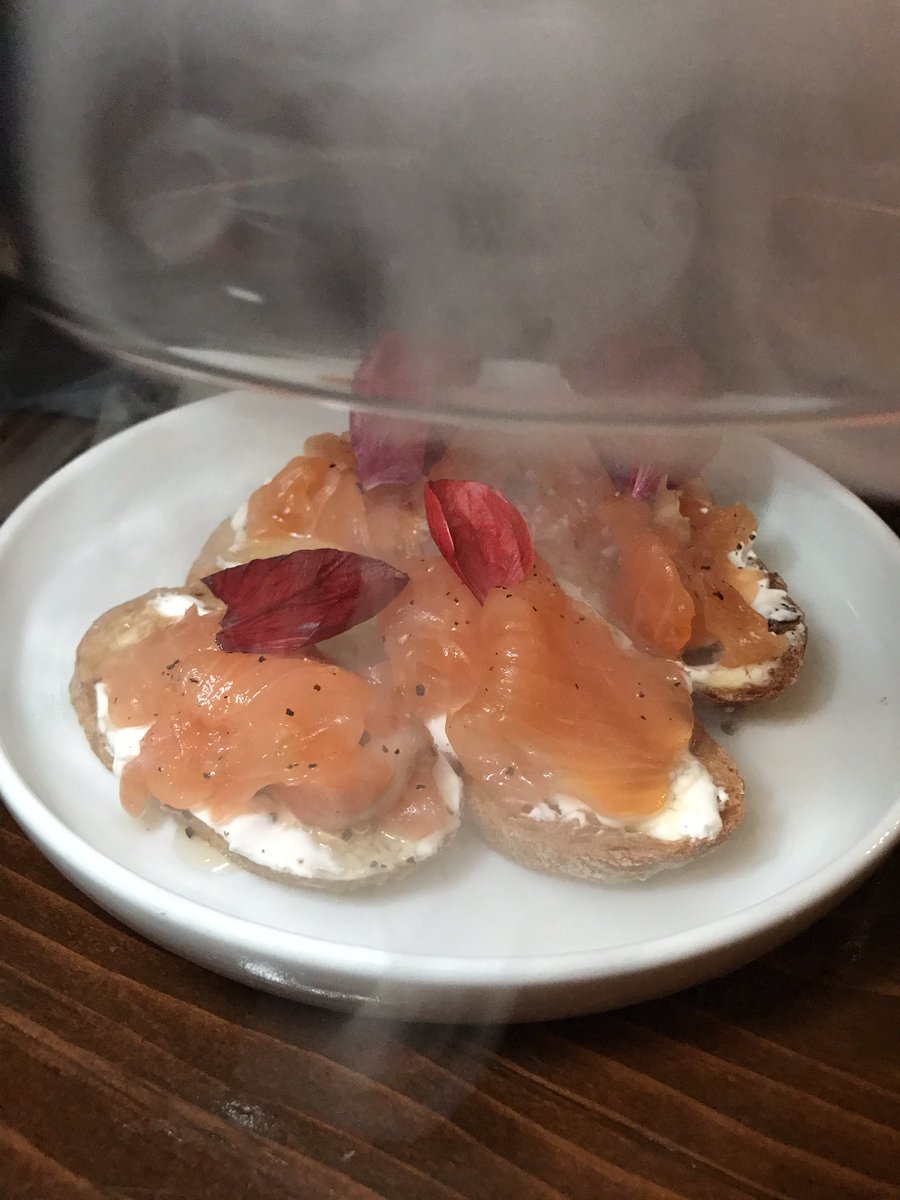
It’s that time of the year, food fans: when the winter solstice descends and our mood grows dark and our prophesies portend.
When our thoughts turn not to festive merriment or seasonal meetings, but to over-baked puddings and gristly greetings.
Yes, it is when we are duty-bound to scream to the heavens, for the world to hear, no matter how it might frighten some timid reindeer.
These are the trends we hope soon to end…so that the New Year we pray…can finally make amends.
So without further ado, although some are not new, I hereby say to you:
ENOUGH ALREADY…
Smoked anything
Unless your name is Sonny and you’re tending a hickory pit, lose the smoke. Please.
Wood-fired everything
Yeah yeah yeah….you saw that dude on that Netflix series and he looked like some kind of god chopping his own wood and cooking everything but his profiteroles over it…but the whole idea only works if you’re, you know, like living out in the fucking forest or something. You’re not Paul Bunyan and most of that smoke gets sucked out the oven (thanks, health department!) before it even comes close to flavoring the vittles.
Craft IPAs
We get it: IPAs are cooler than lagers and you can hop them higher than a smack addict in the South Bronx (circa1971), but that doesn’t mean they taste good.
Sour beers
Leave them to the Belgians, please
Steakflation
The aged strip steak at Bavette’s was priced at a whopping $73 when it opened over the summer. Within three months they raised the price to $78. The original price was about 10% higher than the cost of the same steak in Chicago. The new price bumped that to a 20% premium. In Vegas, which is a much smaller town than Chicago, with (supposedly) a much cheaper cost of living (and labor force). Don’t let anyone ever tell you that Las Vegas isn’t the most expensive restaurant town in the country. It is also not a place to chow down on giant steaks anymore, unless you like taking your serious steaks where the sun don’t shine.
Pizza fetishization
With apologies to good friends John Arena, Mike Vakeen, Scott Wiener, Vincent Rotolo, Gio Mauro, Chris Decker, and a dozen others…the whole artisanal pizza thing has jumped the shark. As Steve Cuozzo says in the New York Post, the humble pie has been warped by the whole ‘”authenticity” thing…or cruel mutation.
Brussels sprouts and Beets
Chefs: we know you are duty bound to put edible plants out there, but can’t you find something else to round out your proteins?
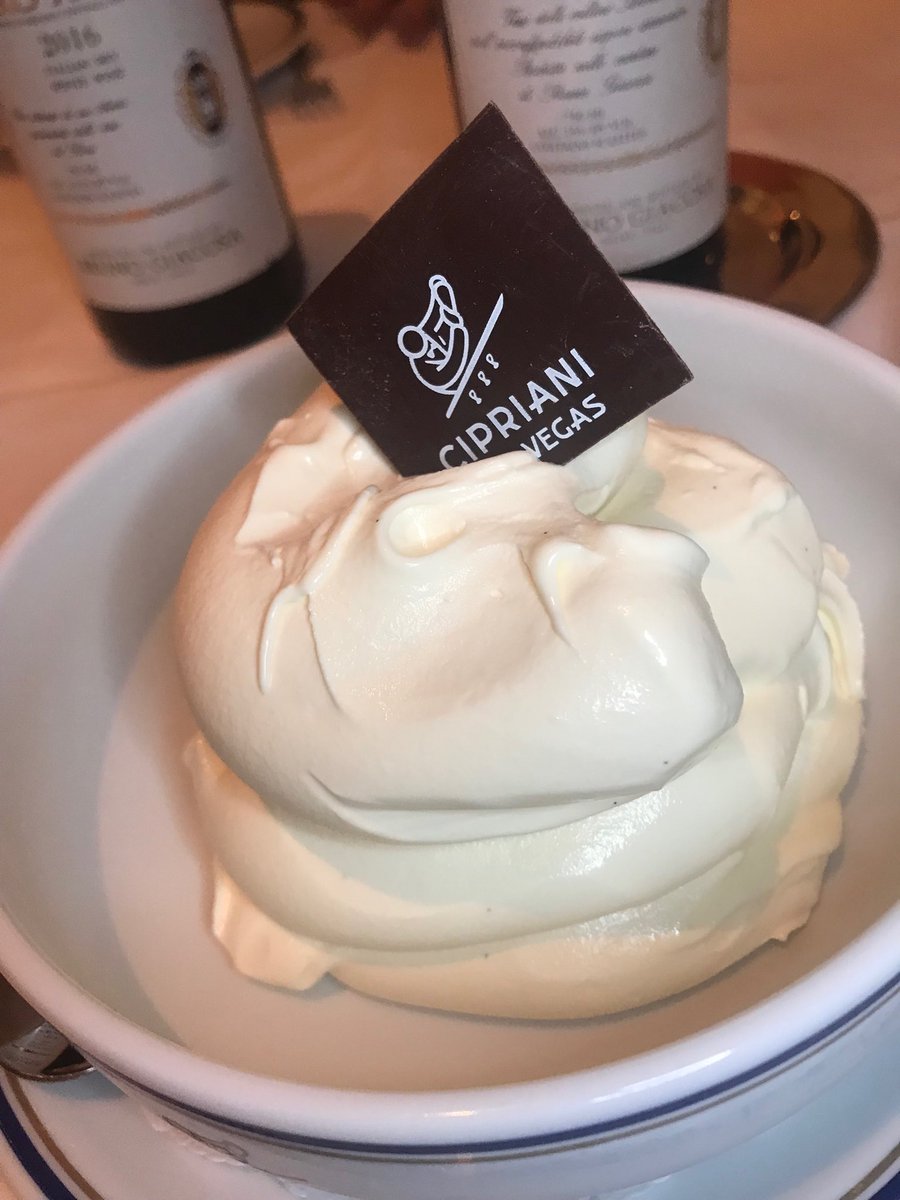 (This is what ice cream is supposed to look like)
(This is what ice cream is supposed to look like)Was the world begging for broccoli ice cream? Were orphans crying out for tuna fish gelato? What began as a novelty 4-5 years ago is now a tsunami of bad taste. Only the Instagram generation could ruin something as un-ruin-able as ice cream.
Caviar on everything
Caviar used to be a luxury food. Now it’s more ubiquitous than a Kardashian ass. There’s a reason chefs put it on things: to give the illusion of grandeur….when all they’re really doing is spooning some not-very-expensive farmed fish eggs from China, Brazil, Spain, etc. onto some dish that, 80% of the time, would be better without it. Duping the credulous hordes? You bet! Padding the bill? Absolutely! Worth it? Hardly ever. If I want fish eggs, I’ll eat them off a mother of pearl spoon all by themselves.
Liquor/Food matches
It’s gotten beyond ridiculous: Come to our four-course dinner paired with….Johnny Walker Scotch! Have you ever tried aged rum with rigatoni? Brandy with sea bass? Here we are, a restaurant on a slow night (usually a Tuesday), and some liquor distributor has talked our chef into preparing a wonderful multi-course extravaganza all based around….MEZCAL! Trying to drum up enthusiasm for a high-proof spirit by (ill) matching it with food is the worst idea since the canned cheeseburger.
Short ribs/beef cheeks
Both are the cupcakes of the savory world. Victims of endless permutations that rarely make sense, and so filling they rarely inspire a second bite. Beef cheek ravioli is the ultimate belt-and-suspenders combination that does an injustice to both.
Things in bowls
Here’s the short list of things you should eat in a ginormous bowl: Vietnamese pho, Chinese noodles, and weird Korean soups.
Eating in the dark
I actually liked the two meals I had at Bavette’s. I couldn’t see them, but I liked them.
Eating when you can’t hear
I know, I know: you want your restaurant to have a “party” vibe. Because everyone knows adults go out to eat not to put finely-cooked food in their mouths, but rather to “party”….just like the kids do…at Chuck E. Cheese. Everyone knows the drill now: you’ve got the restaurant pumped to ear-splitting levels to turn tables and sell more booze. You’re not fooling anyone anymore. Let’s all grow up a bit, shall we? It’s 2019, not 2010.
Chefs’ groovy “playlists”
If there’s been one benefit to the downfall of Mario Batali, it’s been that a chef imposing his musical tastes on his guests has finally lost whatever “cool” factor it once had.
900 bottles of booze on the wall
I love what they did to Scotch 80 Prime. I really like that gorgeous wall of 1,000 bottles behind the bar. I love the same thing at Sage and the hundreds of terrific tequilas at La Comida. But we’ve gotten into an arms race here both with the makers of strong booze and the restaurants that sell them. And it’s ridiculous. The world doesn’t need a thousand brands of tequila, and it got along just fine with a hundred quality scotches and a few dozen good bourbons. I don’t know what’s worse: the hyper-specificity (“aged in 37 year old fino sherry casks, consisting of re-toasted Andalusian birch bark bathed in the sweat of Rob Roy’s old peat marsh and only released by the light of a full moon in August”), or the con job promoted by the makers of “extremely rare” whiskys. I’d bet dollars to doughnuts that grown men (some of whom may be reading these words), couldn’t tell Pappy Van Winkle 20 year old from a dozen other premium brands. Hell, I bet the distiller himself couldn’t tell. That doesn’t keep them from perpetuating the myth of its “special-ness” when all it is is another fucking aged 90 proof whisky. Double yeesh.
Cannabis in your comestibles
If I want to get stoned, I’ll smoke a joint, thank you.
__________________________________________________________________________
A curmudgeon we may be, but a light we yonder see.
Some good things have returned, and for these we must no longer yearn.
And lest we be thought of as too persnickety, by jove we’re all excited about each of these most lickity.
Welcome back:
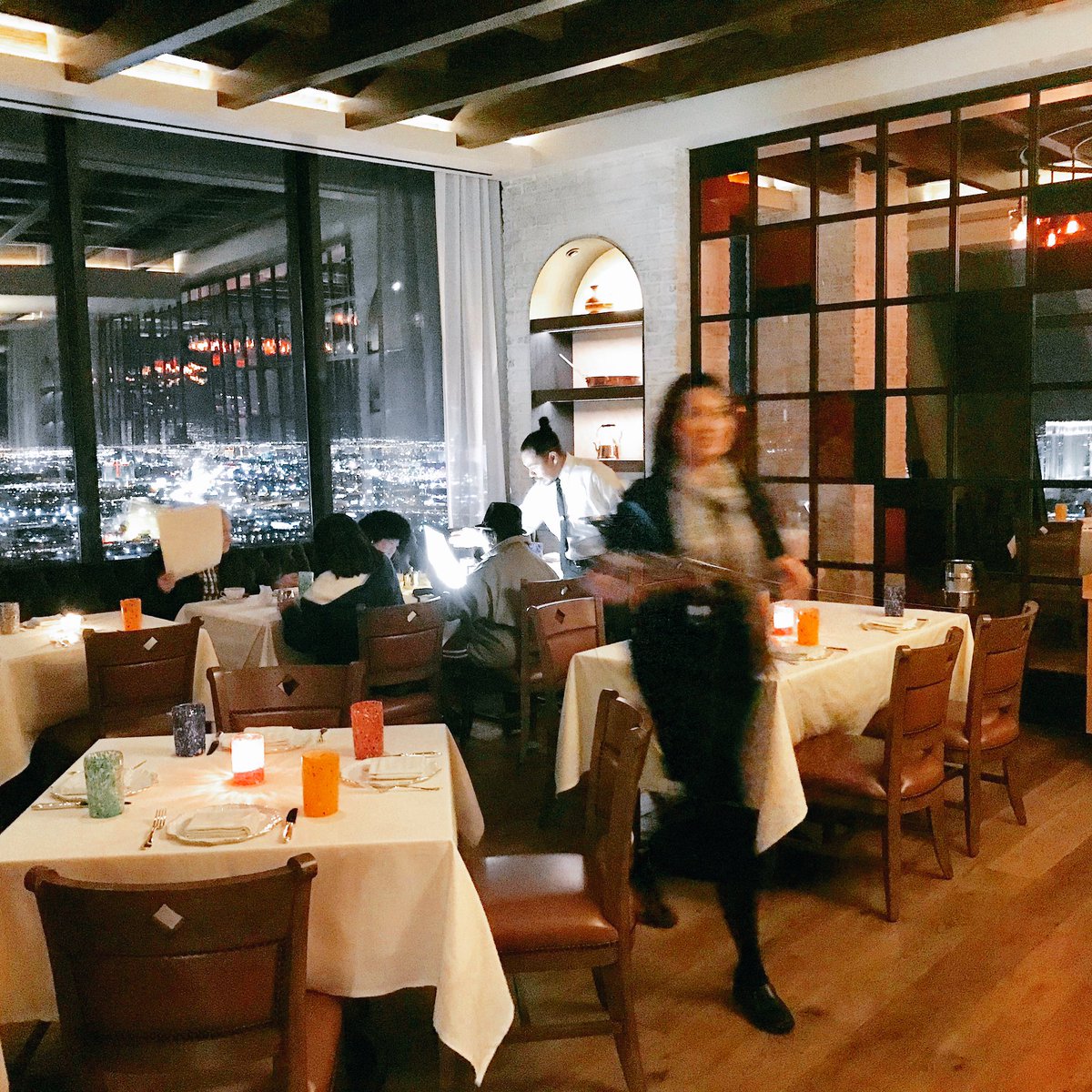
Grown-up dining
NoMad, Cipriani, Partage, and Vetri (above) are places for people with worldly palates, or aspirations to same. They are not for the party-as-a-verb crowd. Eataly is for those who either know about real Italian food, or want to learn about it. Uncomfortable chairs and small plates are not part of these equations.
Reasonable, thoughtful wine lists
As I’ve said before: the Las Vegas Strip is no place to find wine bargains, but the newbies on the block — NoMad, Cipriani, and Vetri — all boast lists with plenty of drinkable bottles for under a hundy. Mordeo, Partage, Sparrow + Wolf, and most of all, Esther’s Kitchen , all have bottles galore that are priced to sell, not show off.
Simple, elegant cocktails
Thank you, Jammyland, and continued thanks to the simple, elegant cocktails at NoMad, Scotch 80 Prime, Esther’s Kitchen and Vetri for continuing to stress simple sophistication over the complex and contrived..
Guéridons
Because who doesn’t love a rolling cart full of tasty delights?
Tableside pyrotechnics
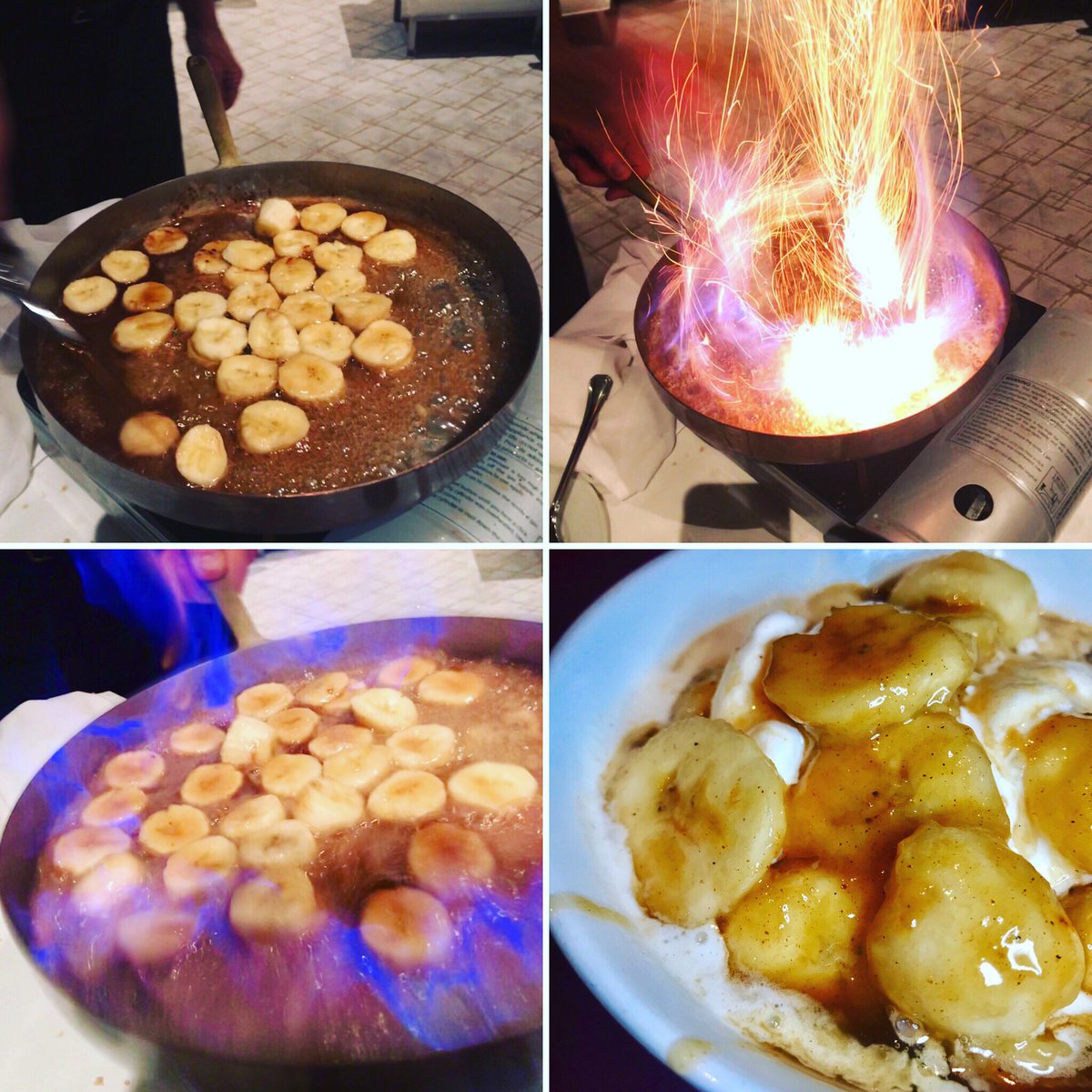
Because who doesn’t love a performance with their food?
Dessert carts
Partage!!
Dressed up waiters
Cipriani!!
Real Italian food
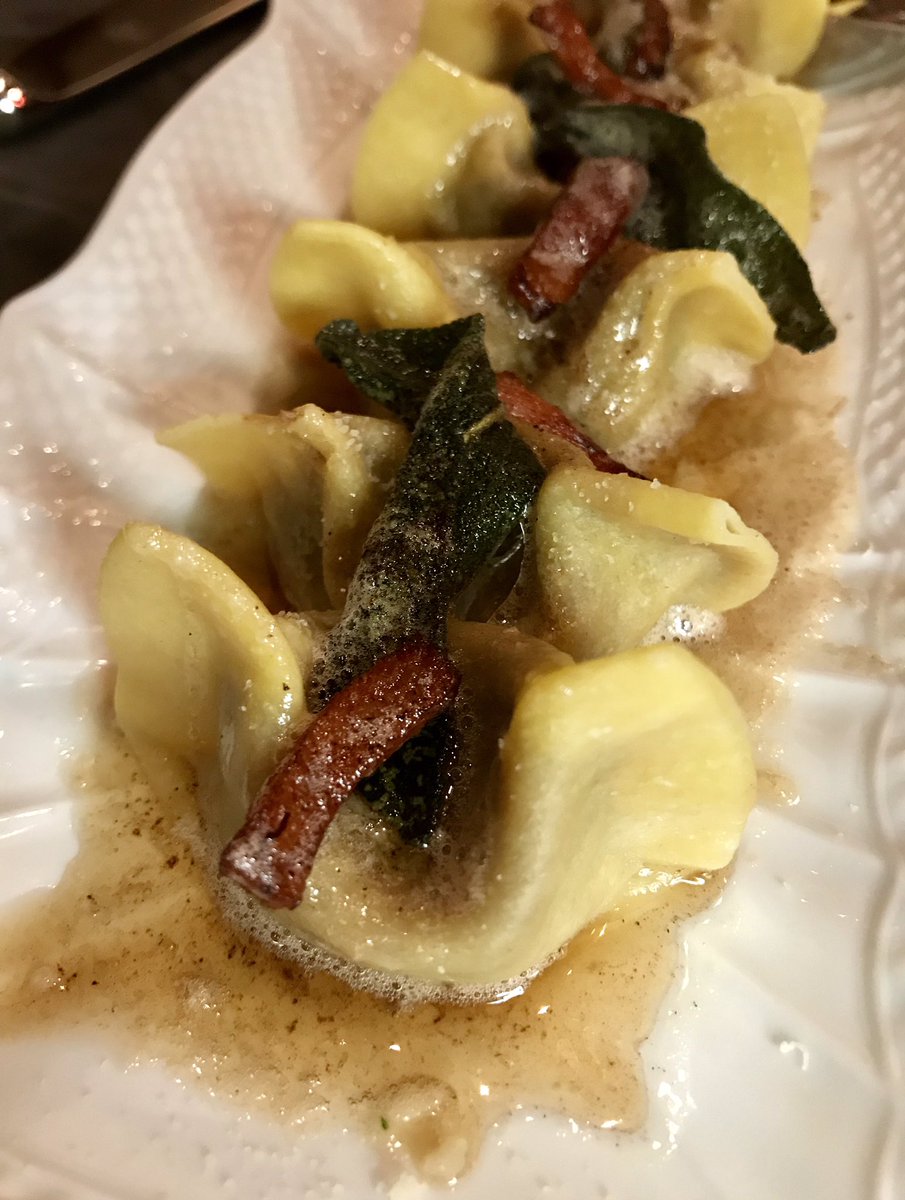 (Casoncelli alla bergamasca at Vetri)
(Casoncelli alla bergamasca at Vetri)Has come roaring back into town. (see above)
Roast Chicken
Merci beaucoup, Daniel Humm.
Cheese
Molto grazie, Marc Vetri for including a cheese course with your nonpareil cuisine.
Good Barbecue
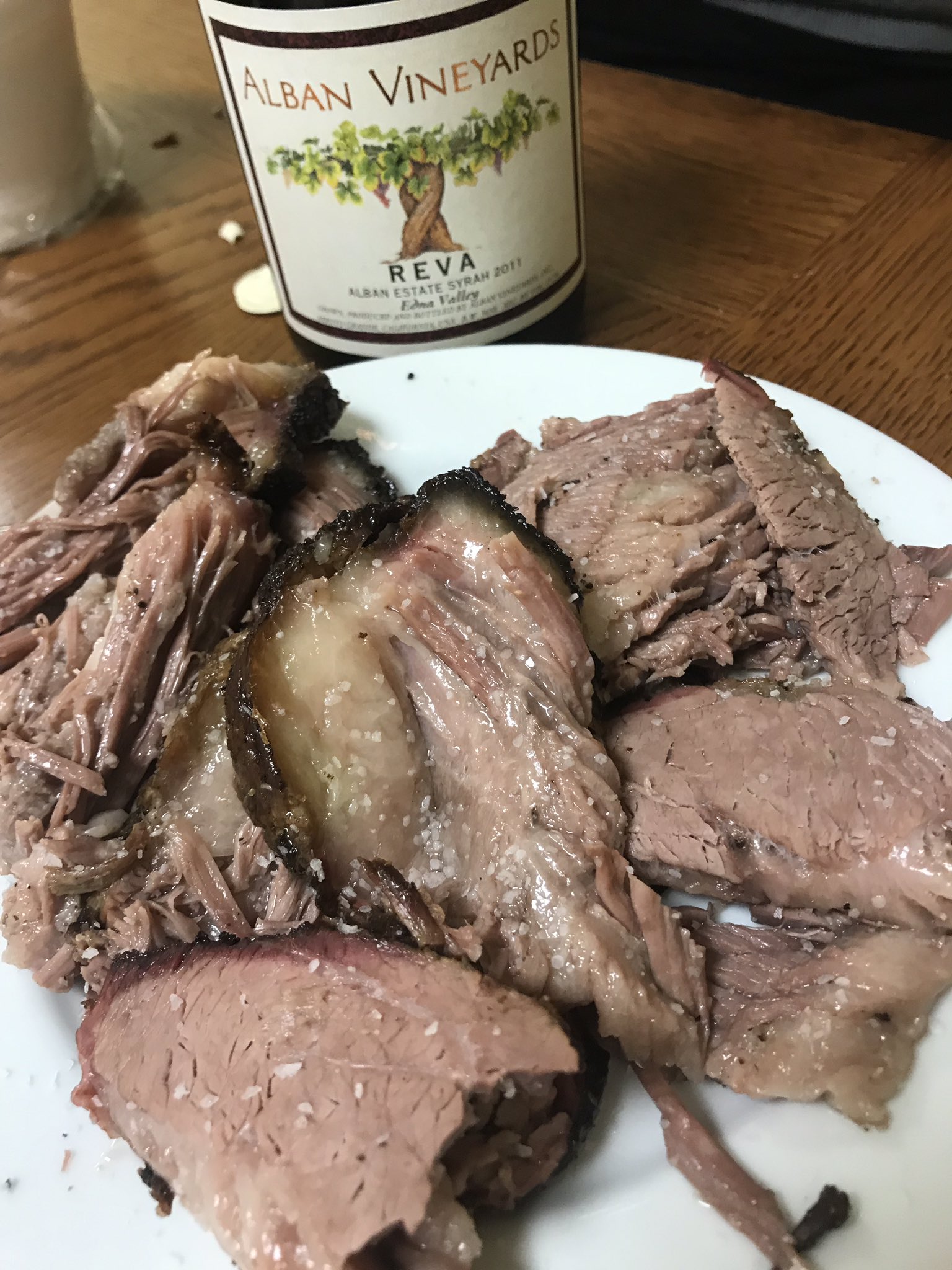 (Sin City brisket)
(Sin City brisket)Sin City Smokers (above) sets the standard in the ‘burbs, Mabel’s brings a slice of authentic Austin to the Strip. Smoked meats are back with a vengeance. Everything else in town isn’t worth your time or the heartburn.
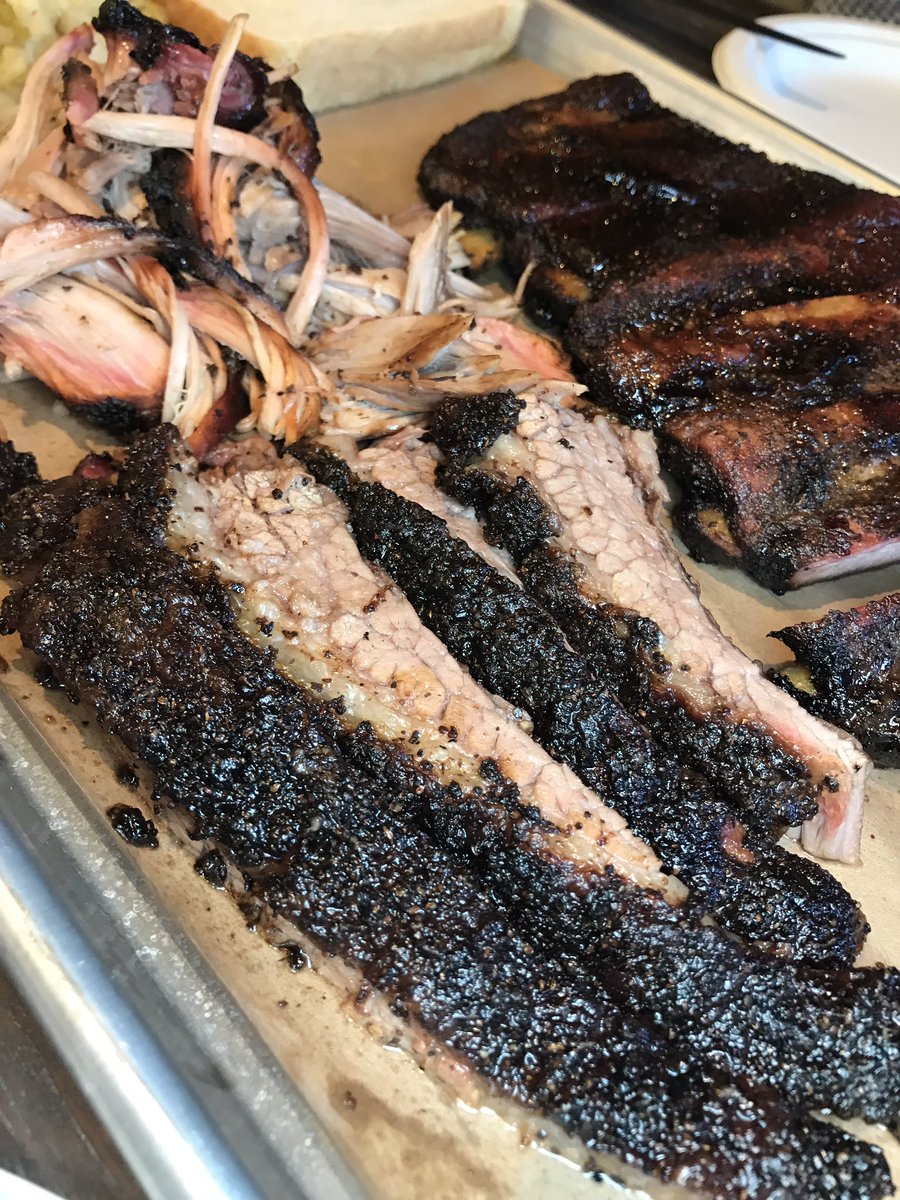 (Platter at Mabel’s)
(Platter at Mabel’s)
 (The way grappa used to be made)
(The way grappa used to be made) (The grappas of Bonollo – worth seeking out)
(The grappas of Bonollo – worth seeking out) (This is not grappa – this is the biggest winery I’ve ever seen)
(This is not grappa – this is the biggest winery I’ve ever seen) (Barrel tasting ’17 Brunellos with the legendary John Mariani)
(Barrel tasting ’17 Brunellos with the legendary John Mariani) (The trouble with Italians is they’re not good looking enough)
(The trouble with Italians is they’re not good looking enough) (Just what every man needs – his own desktop distillery)
(Just what every man needs – his own desktop distillery)


